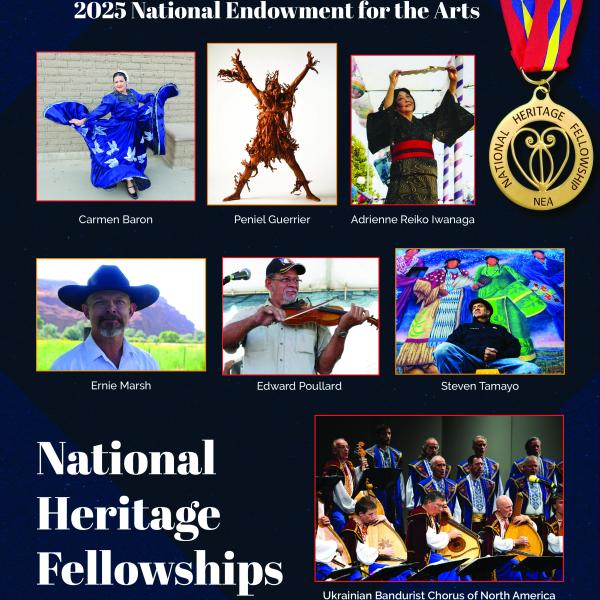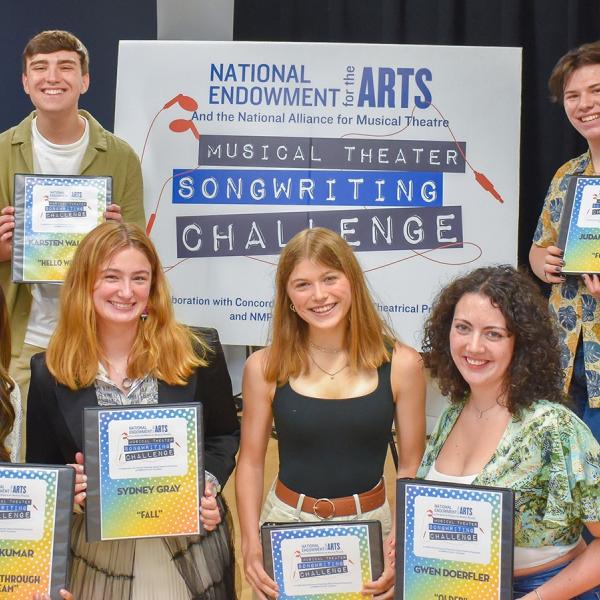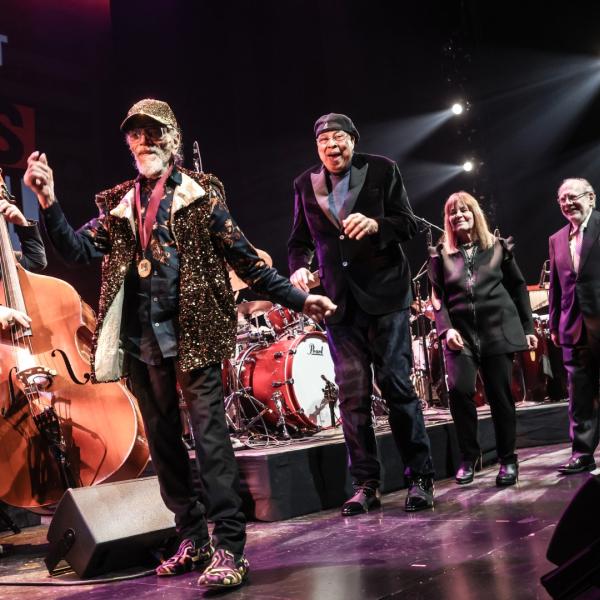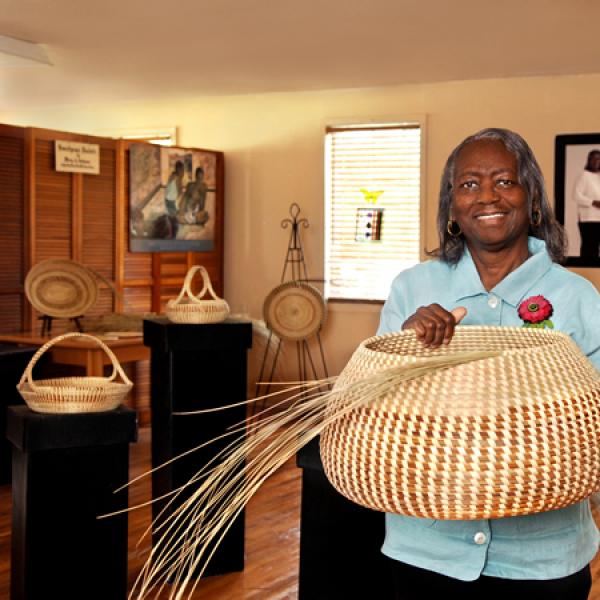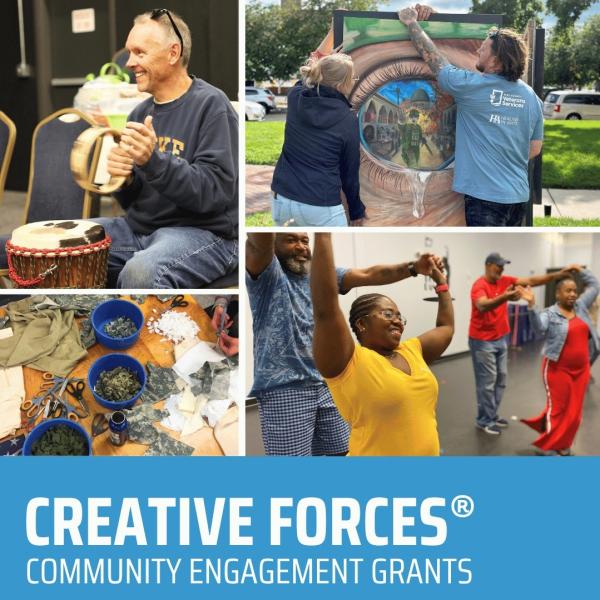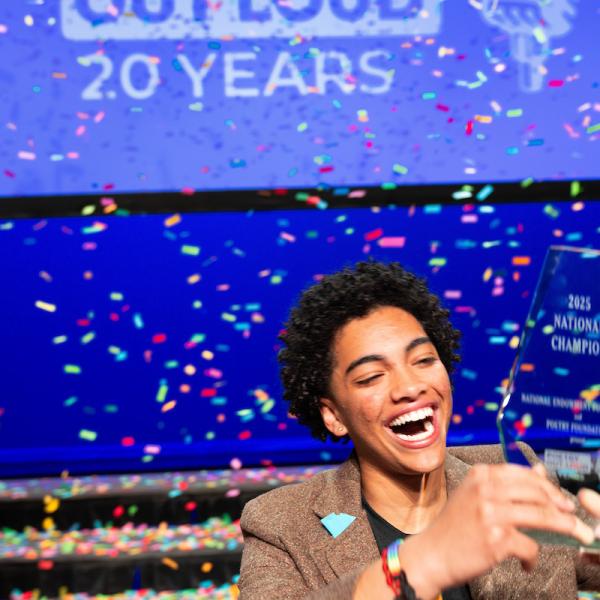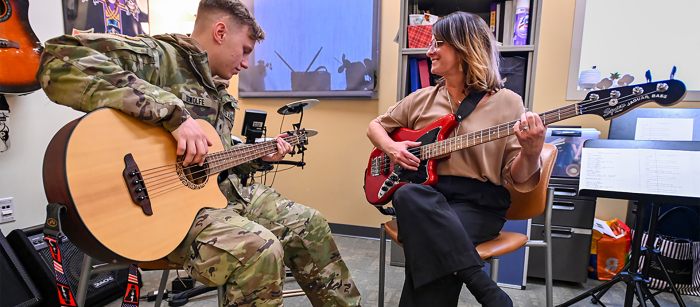
A service member at Joint Base Elmendorf-Richardson in Alaska, plays guitar alongside a music therapist, part of the Creative Forces clinical program. Army photo/John Pennell
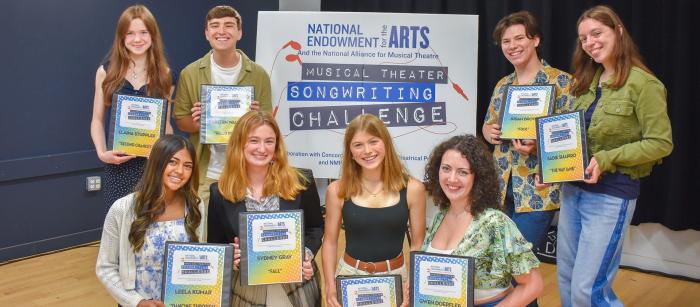
The winners of the 2025 Musical Theater Songwriting Challenge. Photo by Addie Symonds
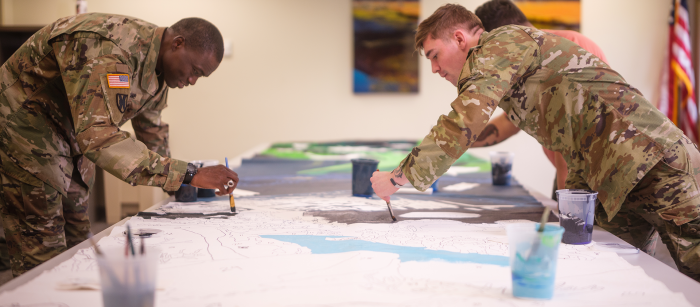
Service members participate in art therapy classes, part of the Creative Forces clinical program at Joint Base Elmendorf-Richardson. Photo by Devin Pickering
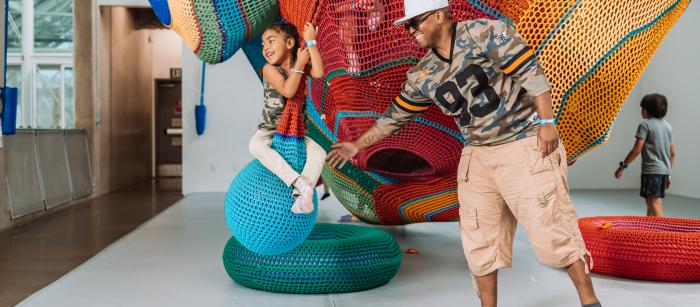
Families explore the interactive exhibits at the New Children’s Museum in San Diego during a Blue Star Museums event. Photo by Brandon Colbert Photography
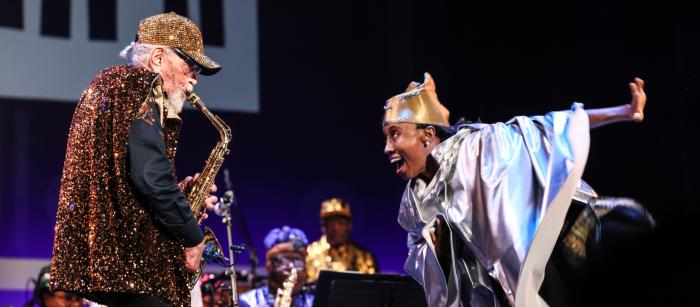
2025 NEA Jazz Master Marshall Allen and the Sun Ra Arkestra perform at the 2025 NEA Jazz Masters Tribute Concert. Photo by Jati Lindsay
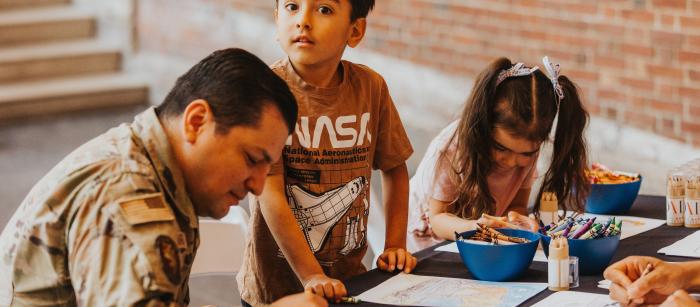
Military families participate in art-making activities at the Dayton Art Institute during a Blue Star Museums event. Photo by the Carrs & Co Photography House
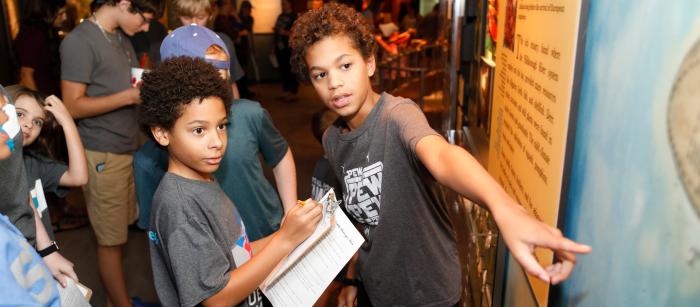
Military families explore the Tampa Bay History Museum during a Blue Star Museums event. Photo by Octavio Jones

National Champion Isavel Mendoza of Pennsylvania competes at the 2025 Poetry Out Loud finals. Photo by James Kegley
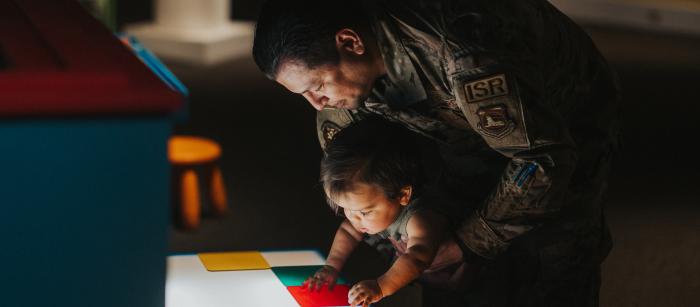
Military families explored the Dayton Art Institute during a Blue Star Museums event. Photo by the Carrs & Co Photography House
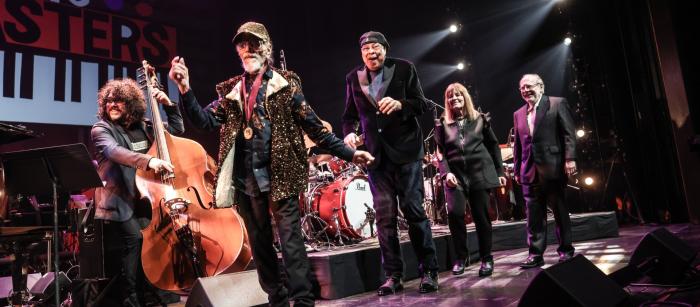
2025 NEA Jazz Masters. Photo by Jati Lindsay




